The Canada Section is currently accepting nominations for the following award:
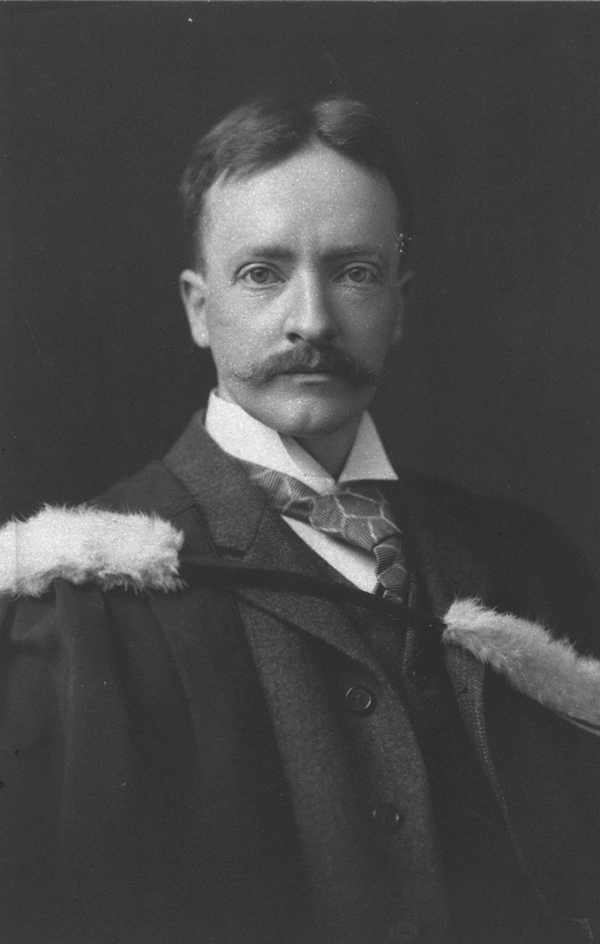 Canada Section W. Lash Miller Award: established in 1967 to recognize publications and/or excellence in the field of electrochemical science and technology and/or solid state science and technology. The award consists of a $1,500 CAD prize.
Canada Section W. Lash Miller Award: established in 1967 to recognize publications and/or excellence in the field of electrochemical science and technology and/or solid state science and technology. The award consists of a $1,500 CAD prize.
About W. Lash Miller
William Lash Miller was an eminent Canadian chemist and best known as one of the first proponents of Gibbsian thermodynamics in North America, a subject he first became acquainted with in Wilhelm Ostwald’s laboratory in Germany. Miller was the head of the chemistry department at the University of Toronto for sixteen years and was made a Commander of the British Empire in 1935. He was an active ECS member and served as President from 1912-1913.
Visit the award page for full description and list of notable past recipients.
Application Deadline: December 31, 2016
The ECS Honors & Awards Programs defines peer-to-peer recognition of distinguished professionals if the fields in electrochemistry and solid state science. Extend an award nomination today!


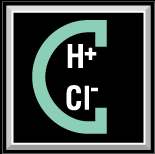 The Corrosion Division is currently accepting nominations for the following two awards:
The Corrosion Division is currently accepting nominations for the following two awards: Herbert H. Uhlig Award
Herbert H. Uhlig Award Researchers are shedding new light on cell biology with the development of a graphene sensor to monitor changes in the mitochondria.
Researchers are shedding new light on cell biology with the development of a graphene sensor to monitor changes in the mitochondria.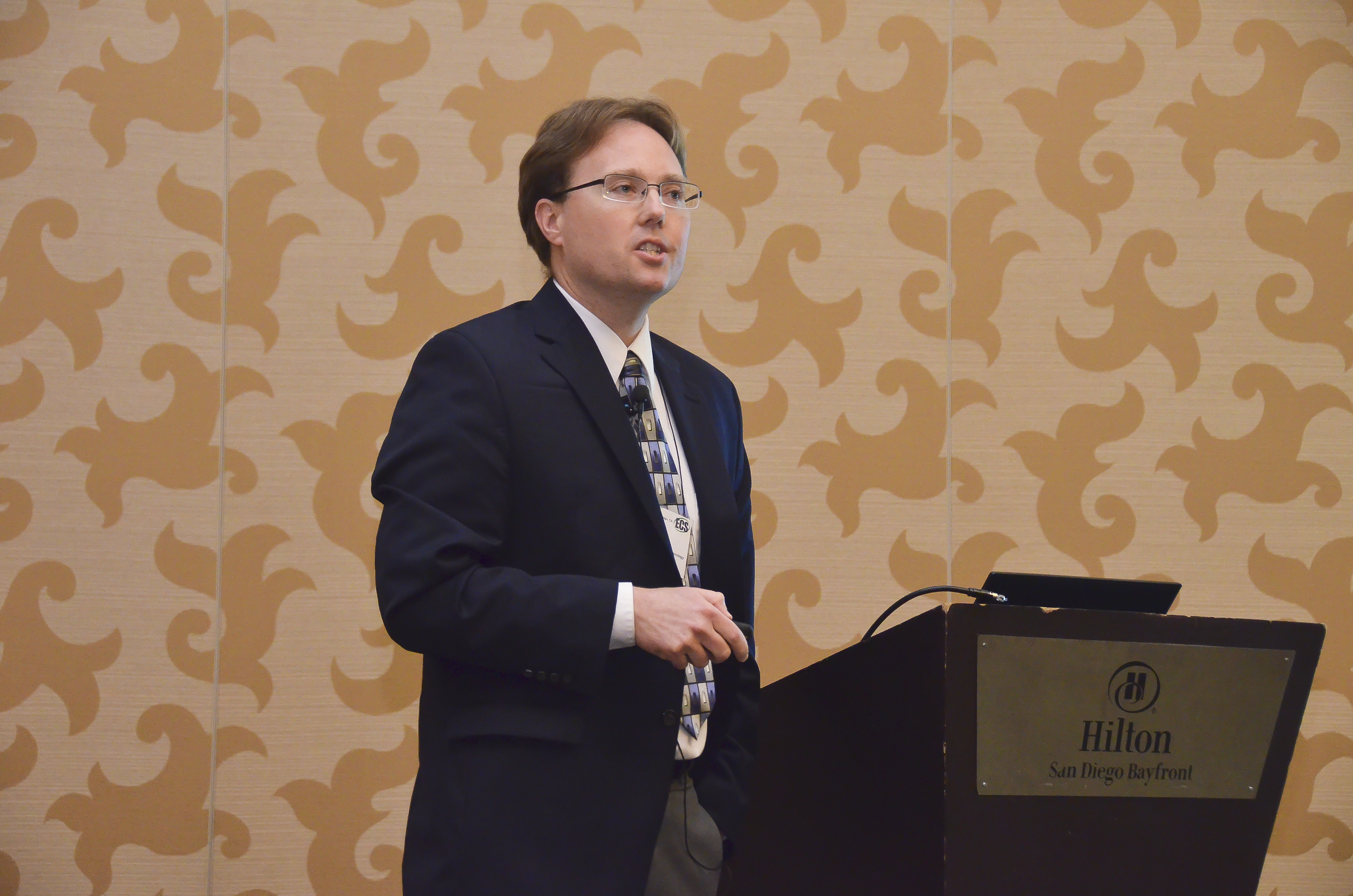 Topic Close-up #8
Topic Close-up #8 ECS hosts a flourishing network of brilliant, innovative young minds. When these minds are brought together through the formation of an ECS student chapter, truly exceptional things can happen. The students benefit, and so does the scientific community at large.
ECS hosts a flourishing network of brilliant, innovative young minds. When these minds are brought together through the formation of an ECS student chapter, truly exceptional things can happen. The students benefit, and so does the scientific community at large.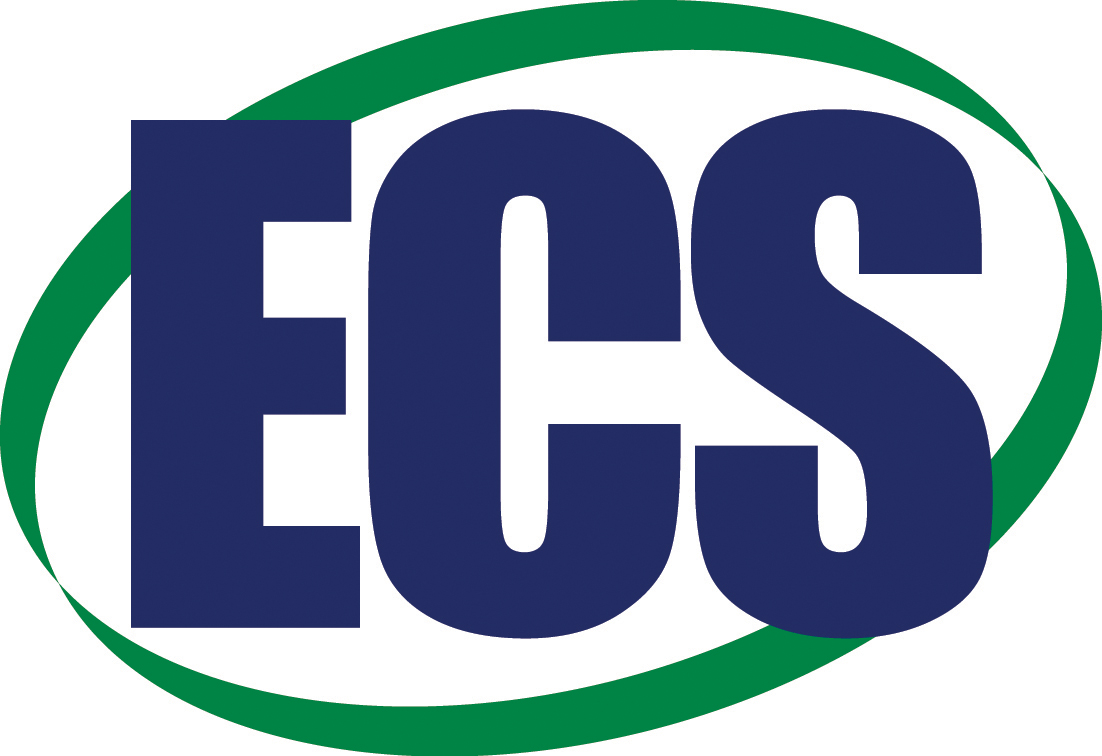 My name is Andrew Ryan. For the past eight months, I served as a Membership Services Intern at ECS under the direction of Beth Fisher. Though I worked on many different projects throughout my time at ECS, my primary contribution was writing membership related posts for the ECS website’s
My name is Andrew Ryan. For the past eight months, I served as a Membership Services Intern at ECS under the direction of Beth Fisher. Though I worked on many different projects throughout my time at ECS, my primary contribution was writing membership related posts for the ECS website’s 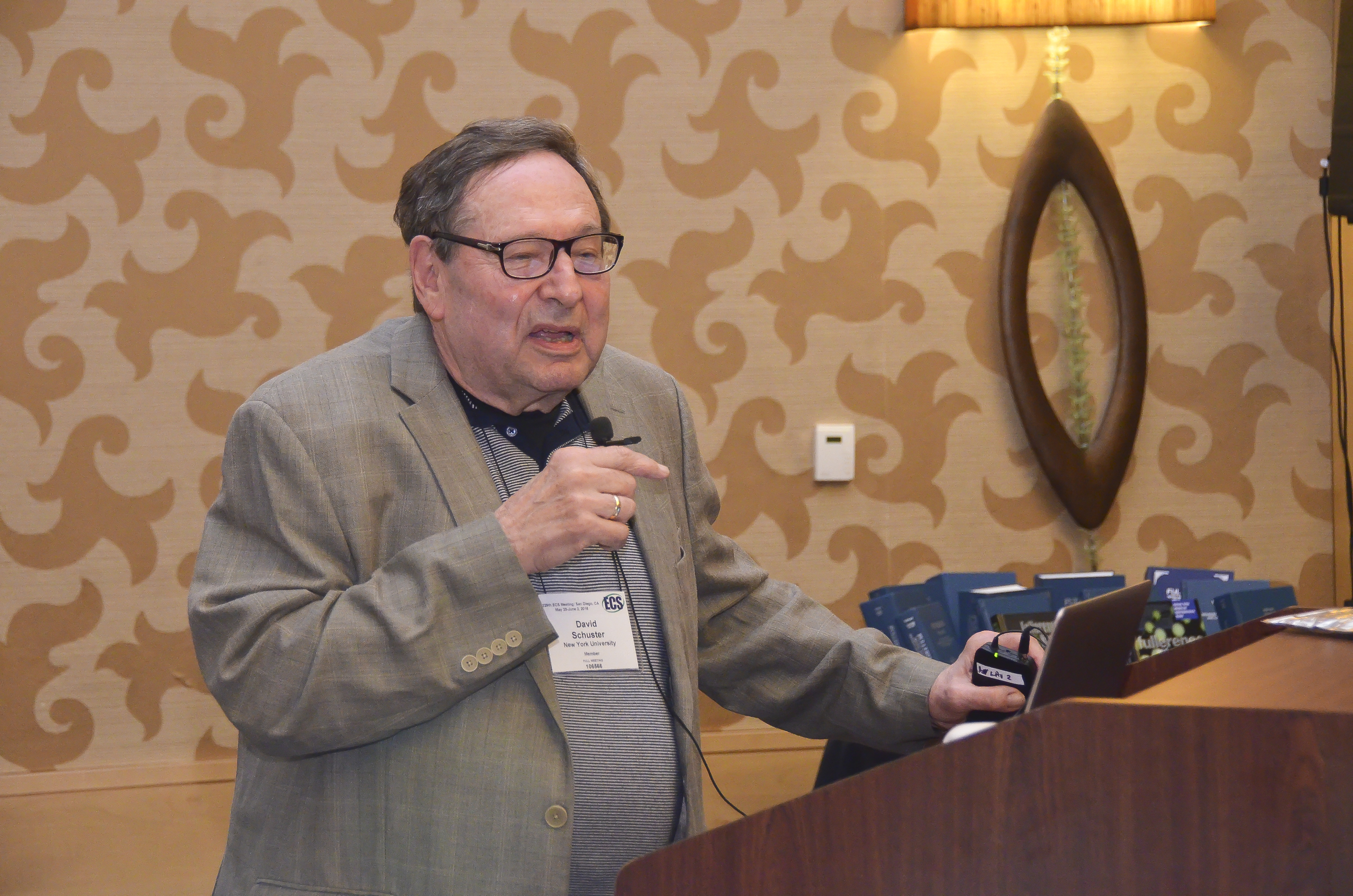 Topic Close-up #7
Topic Close-up #7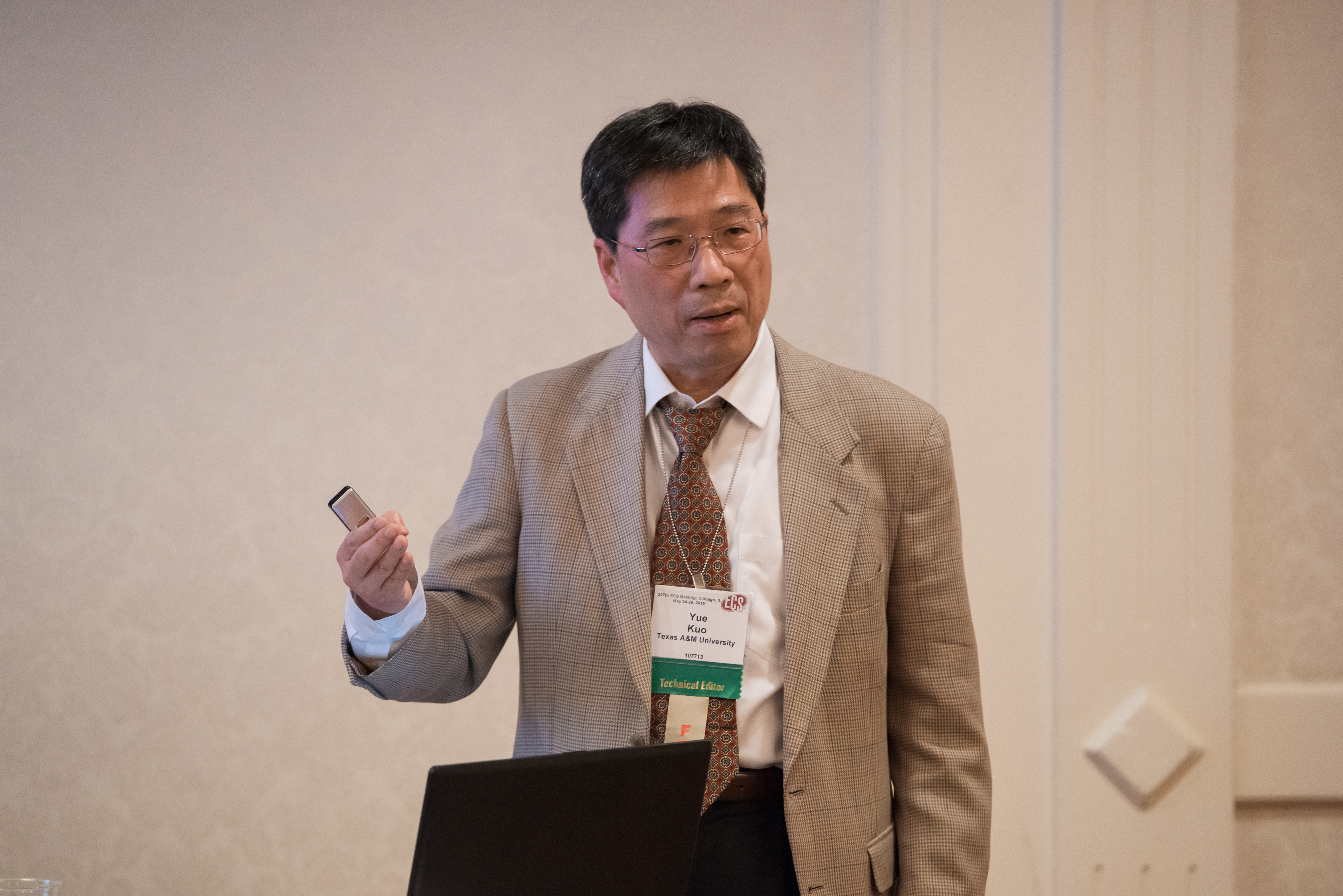 Topic Close-up #6
Topic Close-up #6